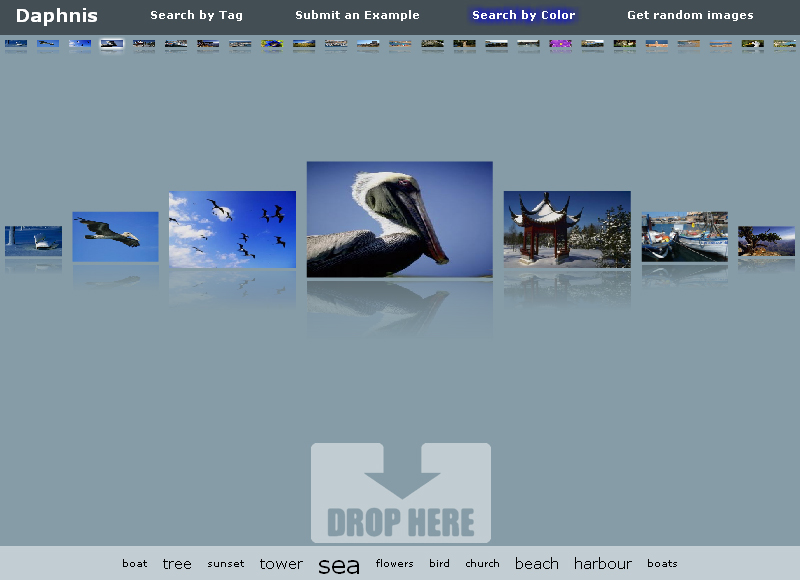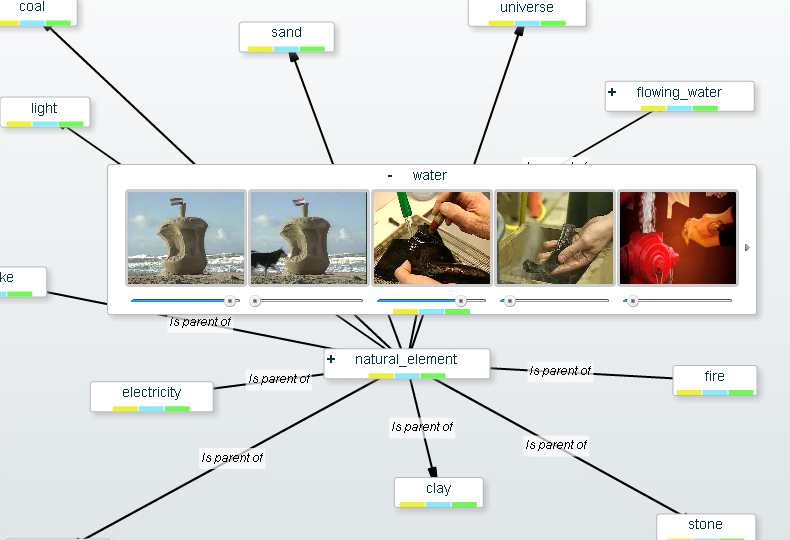The IM3I project addresses the needs of a new generation of media and communication industry that has to confront itself not only with changing technologies, but also with the radical change in media consumption behaviour. IM3I will enable new ways of accessing and presenting media content to users, and new ways for users to interact with services, offering a natural and transparent way to deal with the complexities of interaction, while hiding them from the user.

Daphnis: IM3I multimedia content based retrieval interface
With the explosion in the volume of digital content being generated, there is a pressing need for highly customisable interfaces tailored according to both user profiles and specific types of search. IM3I aims to provide the creative media sector with new ways of searching, summarising and visualising large multimedia archives. IM3I will provide a service-oriented architecture that allow multiple viewpoints upon multimedia data that are available in a repository, and provide better ways to interact and share rich media. This paves the way for a multimedia information management platform which is more flexible, adaptable and customisable than current repository software. This in turn enables new opportunities for content owners to exploit their digital assets.
The IM3I project addresses the needs of a new generation of media and communication industry that has to confront itself not only with changing technologies, but also with the radical change in media consumption behaviour.
IM3I will enable new ways of accessing and presenting media content to users, and new ways for users to interact with services, offering a natural and transparent way to deal with the complexities of interaction, while hiding them from the user.
But most of all, designed according to a SOA paradigm, IM3I will also define an enabling technology capable of integrating into existing networks, which will support organisations and users in developing their content related services.
Project website: http://www.im3i.eu/
